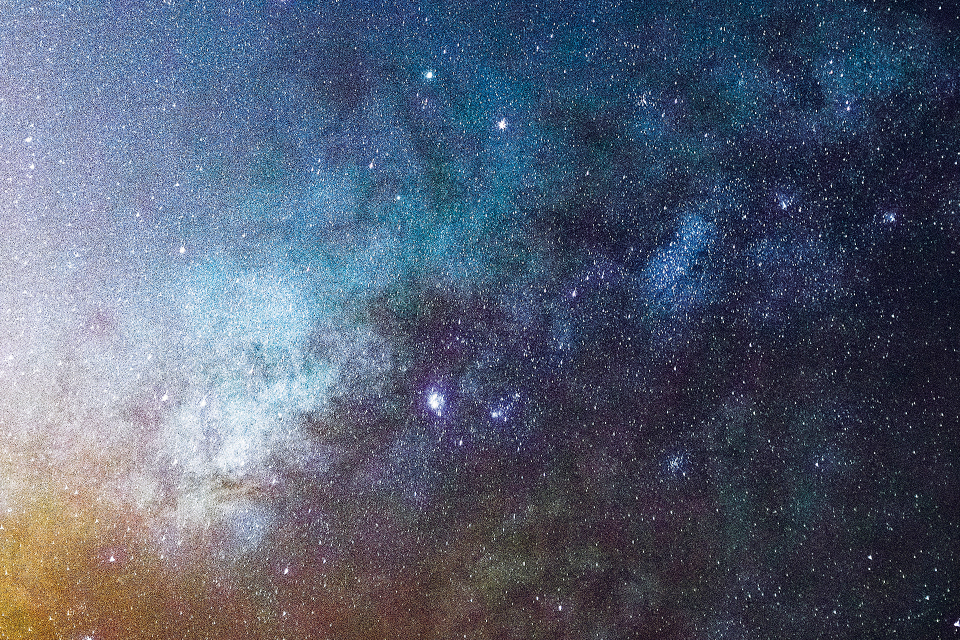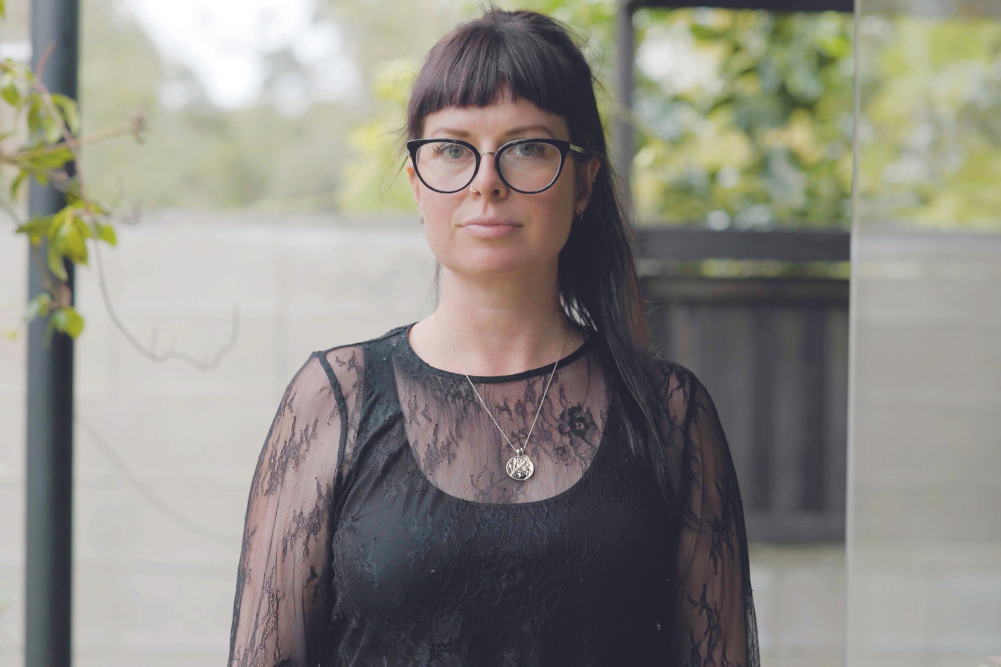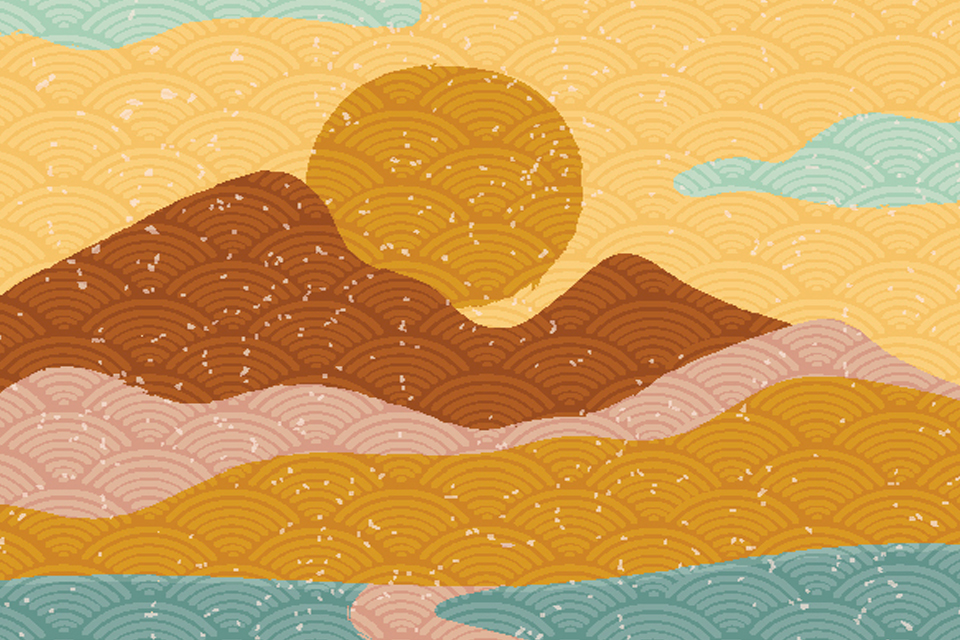I sat cross-legged on the floor with my eyes closed and my palms on my lap, facing upwards. I took a deep inhale and a slow, long exhale. I could feel a soft, glowing ball of light engulf my body. Its warmth sent a tingle over my skin and along my spine. I saw a bright, golden hue all around me. My palms buzzed from the energy in the room. In front of me, two reiki masters performed my attunement, which marked the conclusion of my Level 1 reiki course. I, alongside a group of four, had just completed an intensive two-day course covering the origins, energetics, practice and method of reiki, which is a complementary modality that has become increasingly prevalent in the West. Reiki is being used alongside traditional Western medicine to treat common health conditions but, as with many healing modalities, there is a host of preconceived ideas and misconceptions.
So, what exactly is reiki and how can it be practised?
The origins of reiki
Energy healing can be traced back to ancient times of Buddha and Jesus, although these earlier forms of healing weren’t documented. Reiki’s exact date of origin and its creator are largely contested, but it’s generally acknowledged to date back to 1922 and was coined by Japanese Buddhist Mikao Usui — also referred to as Usui-Sensei. It’s believed that Usui-Sensei held a fascination with a state of consciousness called anshin ritsumei — which translates to “a life supported by a peaceful mind” — and was said to be where an individual is in a constant state of inner peace.
Legend has it that Usui-Sensei had a mystical experience while on a 21-day meditation on Horse Saddle Mountain on the outskirts of Kyoto, Japan. On the last day, Usui-Sensei experienced a strong, energetic force as a powerful light entered through the top of his head, which rendered him unconscious. When he awoke, he experienced a new energetic frequency, a heightened level of awareness and the gift of healing. He called this energy reiki and he went on to teach it to some 2000 people throughout the duration of his lifetime. He wrote the guidelines for his reiki healing method, which he named the reiki ryoho shinshin.
The practice of reiki
The word reiki translates to universal energy, as rei means spiritual or universal, and ki — also referred to as qi and chi — refers to non-physical energy that flows through the entire universe. In short, reiki is life force energy. It’s moving beyond the tangible and returning to the source. “Energy is everywhere, and reiki energy is who we are,” says Peter Cristiano, a reiki master and founder of Reiki Healing Life. At our core, we are all comprised of energy. Reiki practitioners believe that we have both physical and energetic bodies, and the health of these are inextricably linked.
The five reiki principles
As part of the practice of reiki, Usui-Sensei developed five principles that are believed to bring healing energy to the body. These principles are as follows:
- Just for today, I will not anger. The presence of anger in the body causes energetic blockages; the reiki principles encourage harmony in mind and body.
- Just for today, I will do my work honestly.
- This principle speaks to respect and integrity. Reiki practitioners believe that the soul is at ease when we are earning a respectful living.
- Just for today, I will not worry. Practitioners aim to reduce worried thoughts, as they cause excessive stress, tension and cortisol in the body. Over a period of time, this can lead to emotional and energetic blockages in the body.
- Just for today, I will be grateful. As in many spiritual traditions, gratitude plays a key role, as it brings ease to the mind, body and soul. Reiki emphasises practising both gratitude and compassion, which are said to eradicate negative energy from the body.
- Just for today, I will be kind to all living beings. In tune with the law of karma, showing kindness to all beings brings about more love to ourselves and the world around us
This means that if our energetic body becomes blocked or imbalanced, it can cause disease — which is essentially the state of the body not being at ease. “Our bodies are constantly sending messages to us, but it’s up to us to listen,” says Peter. “Energy is everywhere and we only need to look to interpret it. The body does not speak English but what we’ve all got in common is this language of pain, sensation and physical ailments.” So, similar to complementary practices such as acupuncture and acupressure, the aim of reiki is to restore the flow of energy in the body, which helps to restore the body’s natural healing abilities. Practitioners do this by channelling life force energy through their palms in a non-physical, noninvasive session.
Reiki for health and wellbeing
According to Peter, reiki has a multitude of purposes. “A practitioner can utilise reiki for meditation, self-improvement, self-connection and self-healing,” says Peter. “Reiki can also be used for groups to enhance meditations or for chakra balancing. The opportunities are endless, whether it’s for sending positive light to others in your vicinity or thoughts in time and space.” According to reiki master Maya Loran*, it’s more than just a practice — it’s a way of life. “Reiki is a way of living and a way to embrace life in its fullness,” she says. “Reiki applies to every day in your life. It moves with you. One of the things I love the most about reiki is that it respects life in all of its forms.” What’s essential in a reiki session is that both the practitioner’s and the receiver’s intentions are pure and without ego. “The ways to use reiki are endless, as long as they’re not ego-driven and are being used for the highest good,” says Peter. Maya agrees. “Reiki is about tapping into the energy and being a conduit of that energy to pass it on to the person who’s asking for healing,” she says. “You could be a Christian, a Buddhist, a Muslim, it doesn’t matter. Reiki is for anyone from any religion, ethnicity or background.” But it’s also important to note that reiki doesn’t directly heal, and reiki practitioners are not healers. “The individual needs to want to heal and needs to attract healing,” says Peter. “You cannot assert reiki on anyone. I’m a believer that people don’t find reiki. Reiki will find you when it’s suitable for you to be found. And that goes both ways for practitioners and receivers. As the proverb goes: ‘The teacher will appear when the student is ready.’”
As reiki is a gentle, non-invasive practice, a practitioner cannot control how the energy is received or utilised by the recipient. In fact, reiki is a tool that a receiver can use on a personal level to connect to their higher self. “Reiki is a humble practice,” says Peter. “As practitioners, it’s important to remember that it’s about intention, not assertion. That’s what I love about it. It’s a very personal journey and you make of reiki what you want to make of reiki.
You connect with it to the extent that you want to connect with it.” This has certainly proven true in my experience. It’s been a few months since my reiki training, and my interest in the practice has continued to flourish organically. I’m both intrigued and mystified by this method of energy healing, and I’ve felt an enhanced sense of intuition since the Level 1 training. Sensing things more deeply and, in particular, feeling the energy of others and the space around me has been a gift. I’ve been practising reiki on family and friends who’ve expressed interest, and I’m in awe of the sensation that’s present on my palms when I do so. But there’s one thing that I always come back to: the word “humble”. Peter, my reiki teacher, reminds me that healing cannot be performed or asserted. Instead, we focus our attention on our intention, which enables the higher self to return “home” again.
Words: DANAE DIMITROPOULOU
Want to learn more about being connected? Visit our connected archived page




